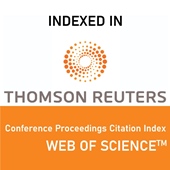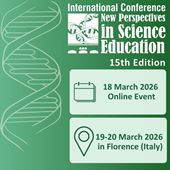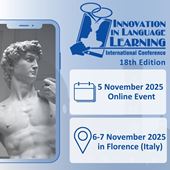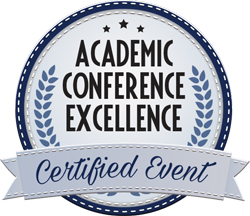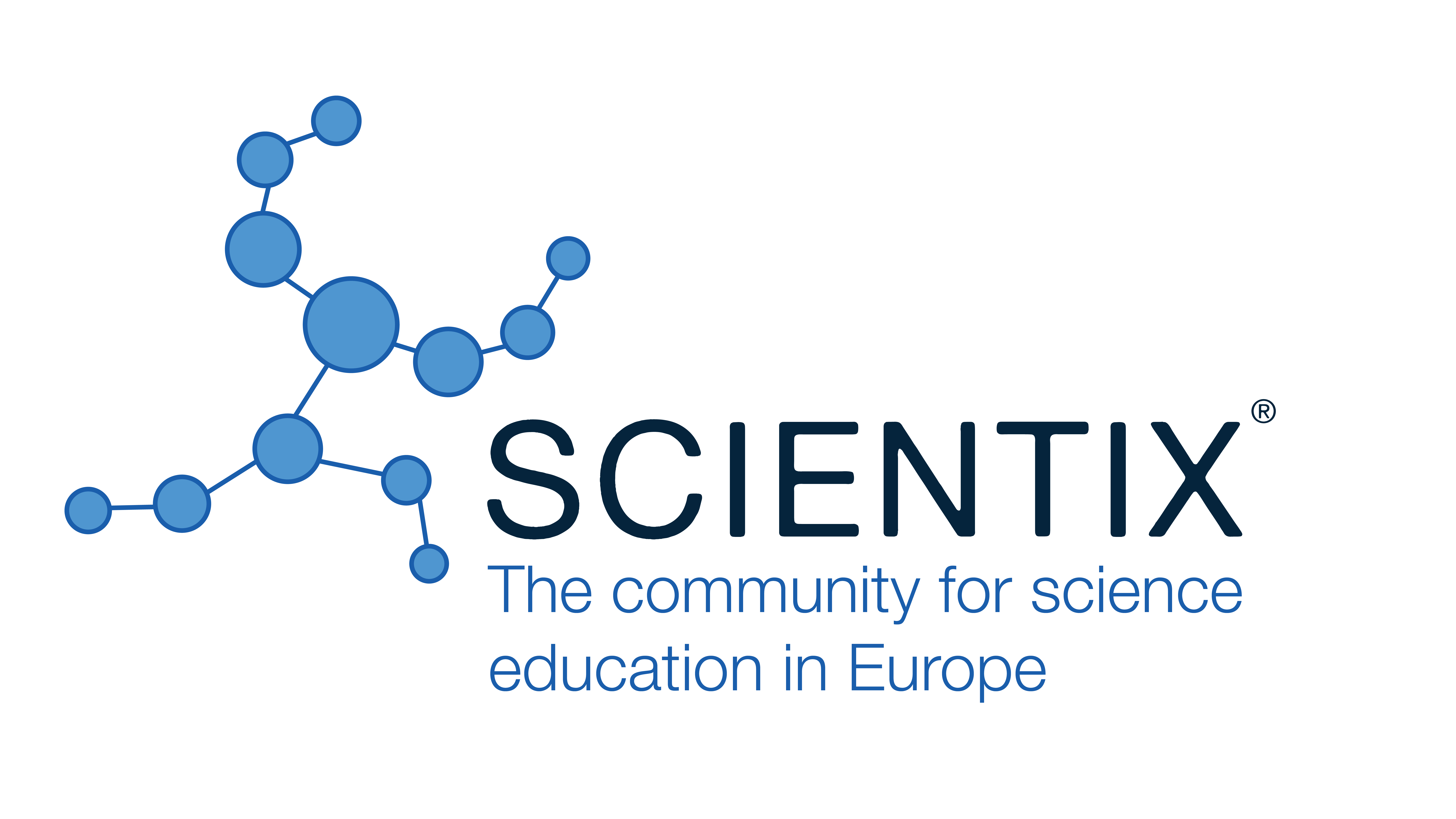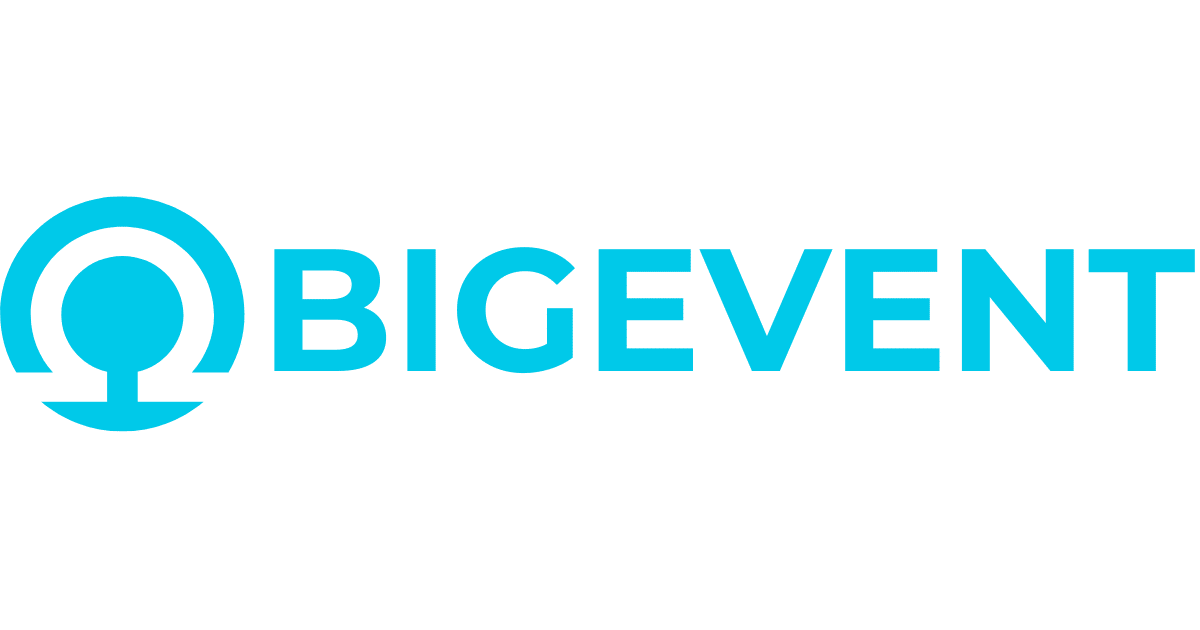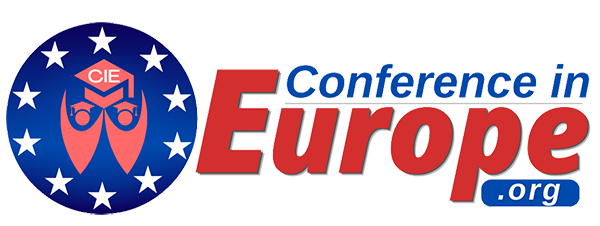Integrating Service Learning into English Language Instruction: A Transformative Approach to Teaching and Learning
Izabela Olszak, The John Paul II Catholic University of Lublin (Poland)
Abstract
Service Learning (SL), an educational approach that combines academic instruction with structured community engagement, has gained increasing attention for its potential to address the evolving demands of higher education. This study aims to examine the pedagogical effectiveness of incorporating SL into university-level English language instruction, with a specific focus on its impact on students’ linguistic proficiency, social competencies, and overall academic engagement. Framed as a quasi-experimental research design, the study was conducted with undergraduate students majoring in English philology. Through a comparative analysis of student performance and engagement metrics between an experimental group (exposed to SL-based instruction) and a control group (taught through traditional methods), the research investigates how experiential, community-oriented learning shapes foreign language acquisition and learner motivation. Findings reveal that students participating in SL-enhanced instruction demonstrated statistically significant improvements in language proficiency, particularly in speaking and writing skills, as well as heightened levels of classroom participation and civic awareness. The results underscore the dual benefits of SL, fostering both academic growth and social responsibility among learners. In addition to empirical evidence, the study provides practical pedagogical resources—including adaptable lesson plans and community project models—to support educators seeking to implement SL within English language curricula. By highlighting the multidimensional advantages of SL, this research contributes to the growing body of literature advocating for experiential, socially engaged learning as a transformative tool in tertiary language education.
|
Keywords |
Service Learning, English Language Education, Experiential Learning, Language Proficiency, Higher Education |
|
REFERENCES |
[1]Bringle, R. G., & Hatcher, J. A. (1996). Implementing service learning in higher education. Journal of Higher Education, 67(2), 221–239. https://doi.org/10.2307/2943981 [2]Eyler, J., & Giles, D. E. (1999). Where's the learning in service-learning? Jossey-Bass. [3]Kiely, R. (2005). A transformative learning model for service-learning: A longitudinal case study. Michigan Journal of Community Service Learning, 12(1), 5–22. [4]Palacio, M., & García, A. (2018). Service-learning and English as a foreign language: A systematic review of the literature. Innovations in Education and Teaching International, 55(5), 576–584. https://doi.org/10.1080/14703297.2017.1305343 [5]Perren, J., Grove, N., & Thornton, J. (2013). Service-learning and English language learners: Developing critical literacies through community engagement. TESOL Journal, 4(3), 436–453. https://doi.org/10.1002/tesj.92 |
 Innovation in Language Learning
Innovation in Language Learning
